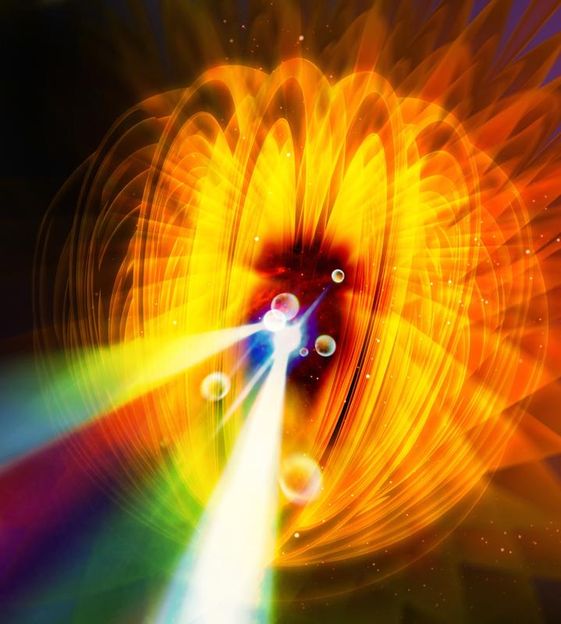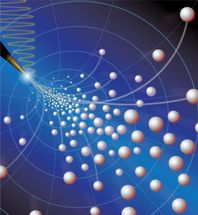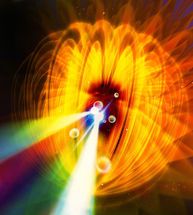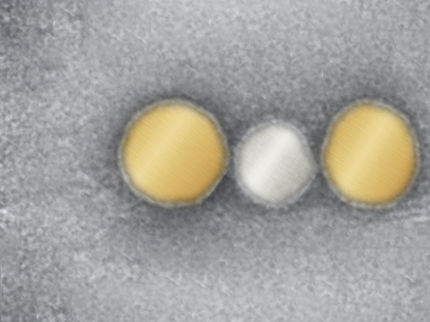Electrons catch a wave
Physicists use ultrashort laser pulses to drive and accelerate electrons out of nanotips
Advertisement
In 1905 Albert Einstein transformed physics with his explanation of the famous photoelectric effect. In his Nobel-Prize-winning work, Einstein abandoned classical principles and introduced the concept of light particles, known today as photons, to describe light-induced electron emission from metals. This quantum leap explained experimental features that had befuddled Einstein’s contemporaries and has since become one of the best-known relations in physics, found even in high-school textbooks. Now scientists at the University of Göttingen revisit Einstein‘s photoelectric effect with lasers and nanotechnology. Physicists Georg Herink, Daniel Solli, Max Gulde, and Claus Ropers identify new features that are best explained without photons, but by treating the electron motion within the light classically.

Universität Göttingen

Universität Göttingen


Using ultrashort light pulses (lasting only some millionths of a billionth of a second) and nanometer-sized gold needles or tips, they find behavior that is very different from that usually seen in the photoelectric effect. In the words of scientist Georg Herink: “Usually one electron absorbs one photon, but in our expe-riments, we found electrons that had hitched a classical ride on the light wave itself to escape confinement on the nanoscale.” In the presence of strong, infrared light fields – of only a few optical cycles – they find that the energy of electrons grows with increasing intensity and decreasing frequency. These dynamics violate two of the paradigms of the traditional description of the photoelectric effect and do so in a peculiar way that is unique to nanostructures. The result is that some electrons acquire the energy of not just one photon, but over a thousand photons. Professor Claus Ropers, leader of the study, explains that their dis-covery of “‘neoclassical’ dynamics in the photoelectric effect continues a conceptual loop that spans more than a century, but with an extra twist from the nanostructures.” He adds, “our results suggest new applications in the imaging and control of ultrafast electron trajectories, which will be useful in the development of time-resolved electron microcopy on the atomic scale.”

































































